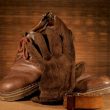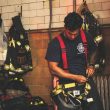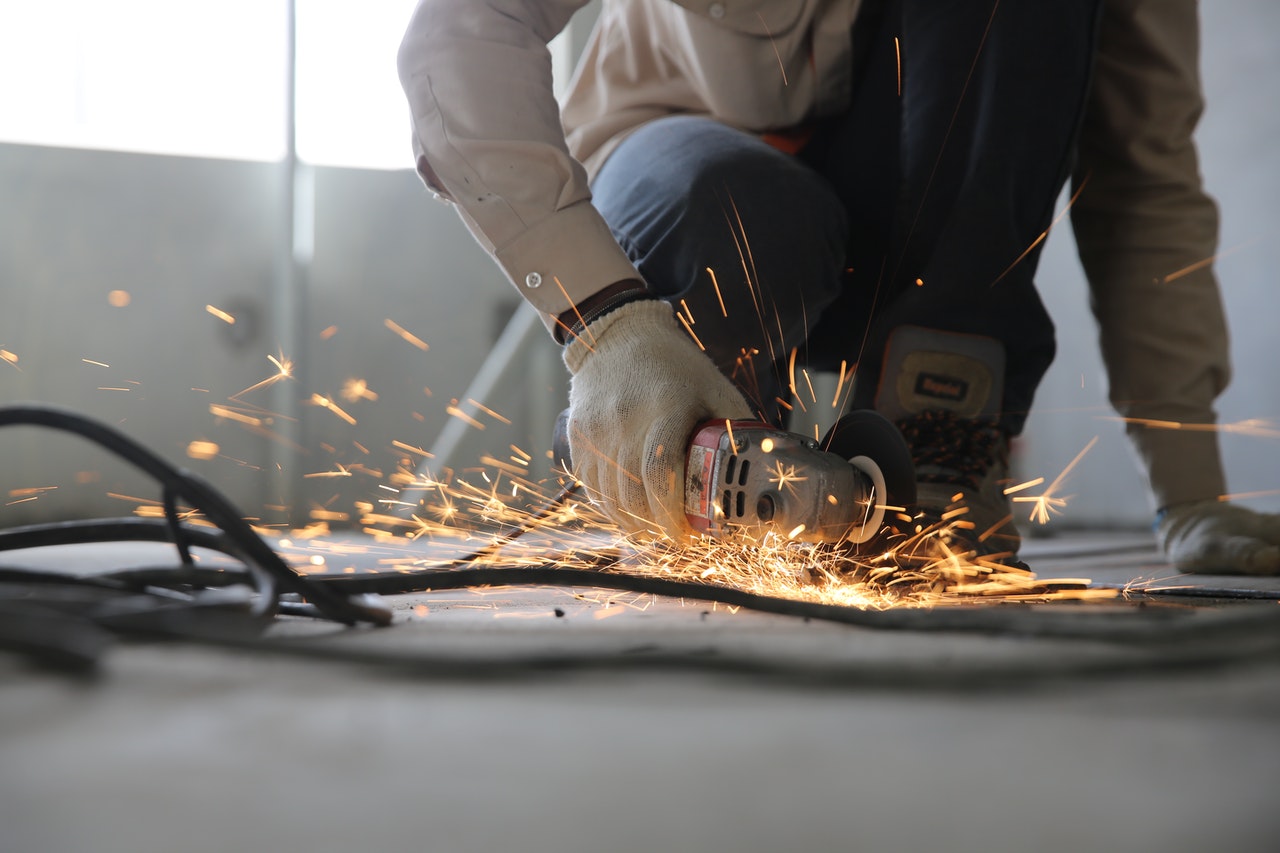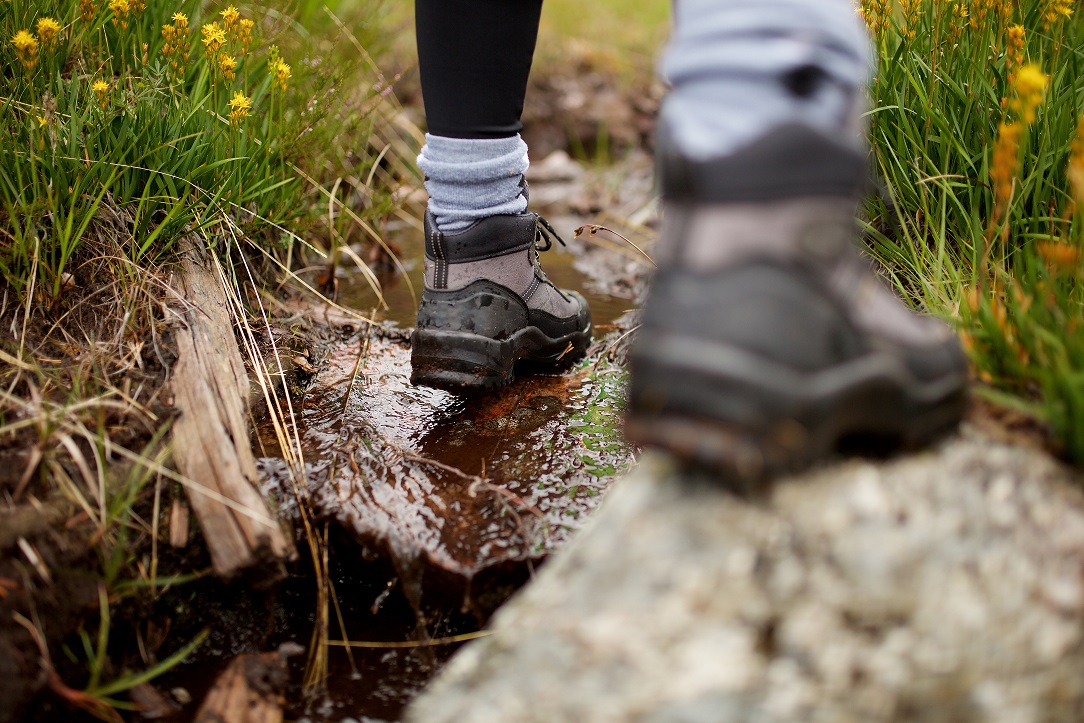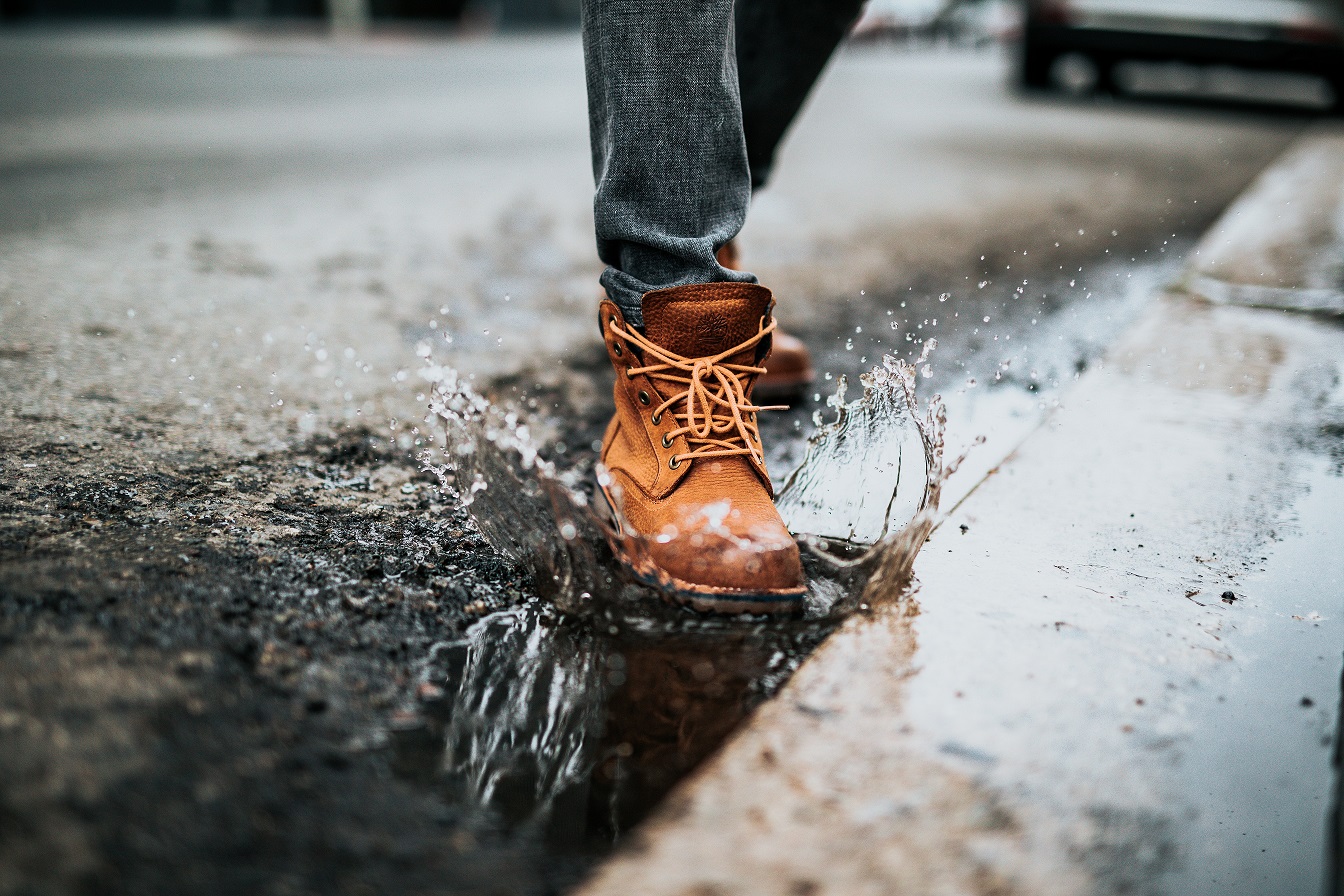Workwear Guru is reader-supported. When you buy through links on our site, we may earn an affiliate commission. Learn more
Comfort and easy movement are some of the most significant factors when it comes to garments. These factors are especially important for work coveralls since they play an essential role in giving workers comfort and enabling them to do their work properly. In this article, we’ll take a look at the coveralls size charts and how to size coveralls.
The Key Measurement for Coveralls
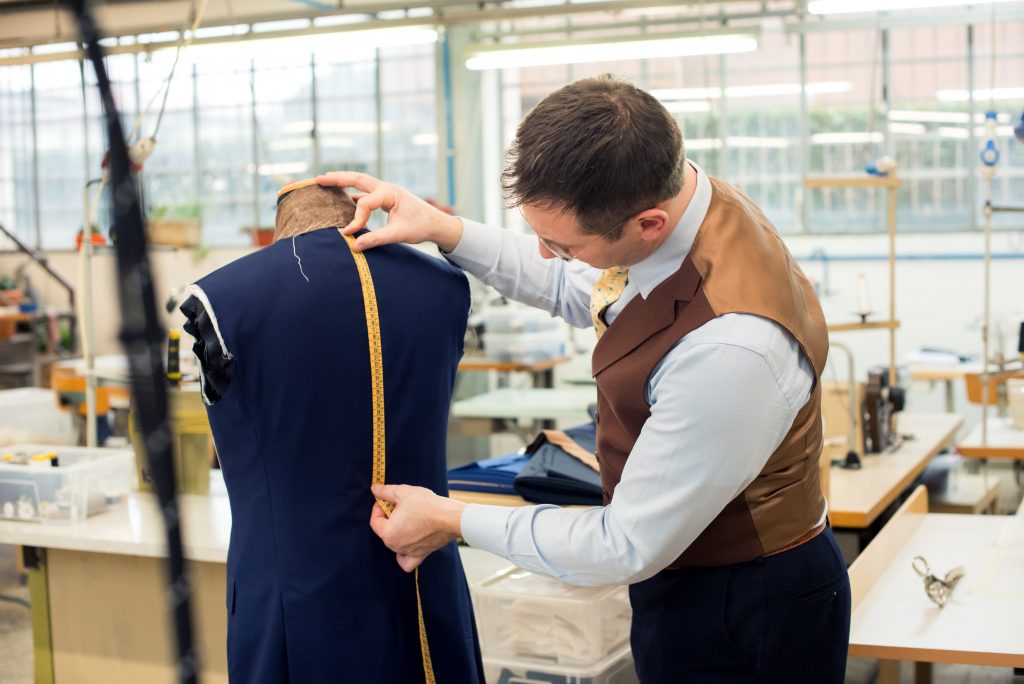
Before buying coveralls, there are a few important measurements that should be done. These measurements enable you to find coveralls that fit the specific type of your body the best. Here’s everything you need to know about sizing coveralls for men and women.
Men’s measurements
When selecting coveralls for men, the key measurements one should know include:
- Complete body length
- Neck size
- Chest size
- Sleeve length
- Inseam
These measurements are usually done using a measuring tape.
Women’s measurements
As for woman’s overalls, the key measurements include:
- Complete body length
- Neck size
- Bust size
- Sleeve length
- Natural waist circumference
- Lower waist circumference
- Hips
- Inseam
These measurements are usually done using a measuring tape.
How To Measure These Parts in the Right Way
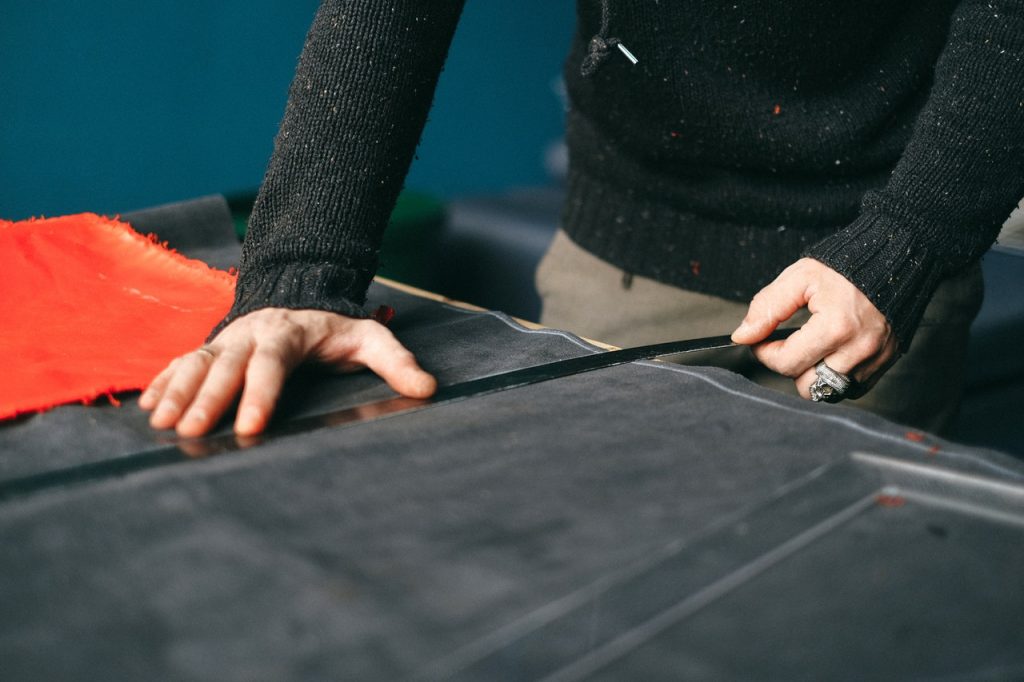
It is best that a professional sewist does the measurement, preferably the sewist that will sew the clothing itself. However, if you want to do the sizing yourself, there are a few steps that you should follow to get it right.
Neck size
To measure the neck size correctly, you need to get a measuring tape, hold it around the neck lightly; make sure it is not too tight and not too loose. The number of inches/centimeters shown should be your neck size.
Chest size
When measuring your chest, you have to put the measuring tape at the fullest part of your chest/bust, then place the tape under your arms and around the shoulder blades. If your stomach is larger than your chest, you have to take the larger of the two measurements.
Waist size
Stand straight and put the measuring tape around your natural waistline, which is located just above the hipbones. Remember to keep the tape not too loose and not too tight in order to get a correct measurement. The number of inches/centimeters shown is your waist size.
Sleeve length
You have to straighten your arm first and take a complete length to take the sleeve measurement. After doing that, you should bend the arm slightly at elbow 90 degrees, and place your hand on your hip. Then measure across the shoulder to the elbow. Don’t forget to measure the wrist born too. And, of course, write down your measurements.
Inseam
To measure the inseam yourself, it is easiest to take a pair of pants that fit you perfectly. Measure from the crotch seam to the bottom of your pants. Finally, write down the measurements.
Height
For coveralls, the way you measure height is by measuring from the collar bone to the heel. For other types of clothes, measurements may differ.
Standard Coverall Size Chart
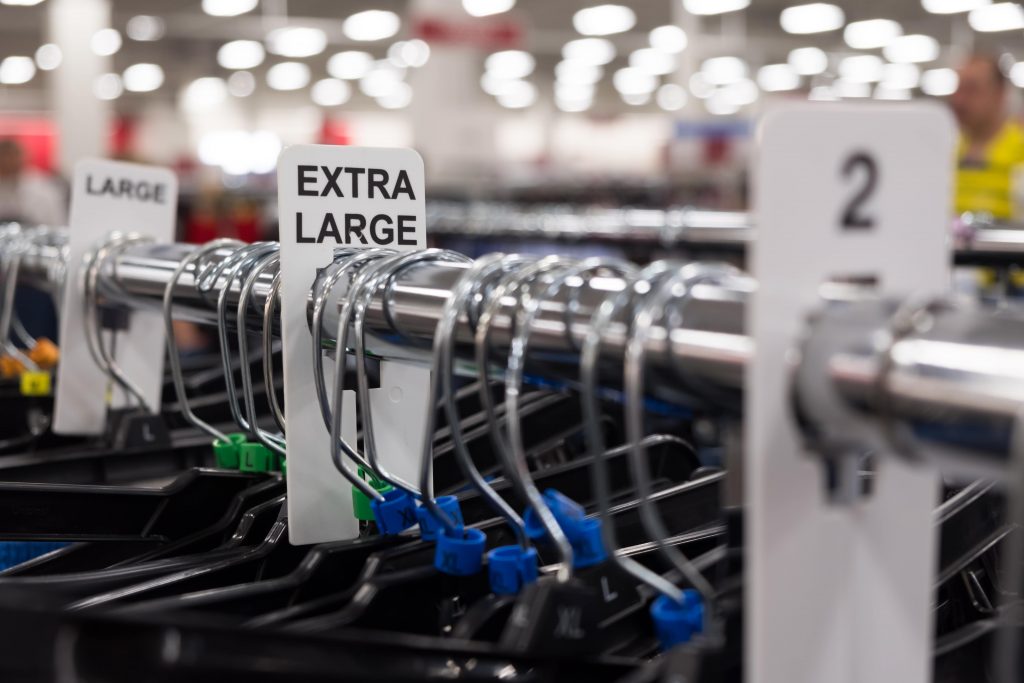
Besides personal measurements that you can do for coveralls, there are general sizes for when you want to buy an off-the-shelf option. There are standard available sizes that have specific lengths for each body measurement, so it’s best to take a look at the size chart to choose the best fitting size for you.
Men sizes
Men’s standard coverall sizes are as follows:
| Coverall size number | 30 | 32 | 34 | 36 | 38 | 40 | 42 | 44 | 46 | 48 | 50 | 52 | 54 | 56 | 58 | 60 | 62 | 64 | 66 |
| Chest Length | 32/ 34 | 34/ 35 | 35/ 37 | 37/ 38 | 39/ 40 | 40/ 41 | 42/ 43 | 44/ 45 | 46/ 47 | 48/ 49 | 50/ 51 | 52/ 53 | 54/ 55 | 56/ 57 | 58/ 59 | 60/ 61 | 62/ 63 | 64/ 65 | 66/ 67 |
| Waist Length | 30/ 31 | 32/ 33 | 34/ 35 | 36/ 37 | 38/ 39 | 40/ 41 | 42/ 43 | 44/ 45 | 46/ 47 | 48/ 50 | 51/ 53 | 54/ 56 | 57/ 59 | 60/ 62 | 63/ 65 | 66/ 68 | 69/ 71 | 72/ 73 | 75/ & |
Attention: the figures in the chart are in inches. For standard overalls, you need to measure both your chest and your waist and choose the larger of the two sizes as your standard size.
Women sizes
The women’s standard coverall sizes are as follows:
| Coverall size number | 4 | 6 | 8 | 10 | 12 | 14 | 16 | 18 |
| Bust length | 30/32 | 32/34 | 34/35 | 35/37 | 37/38 | 38/40 | 40/42 | 42/44 |
| Hips length | 34/35 | 36/37 | 37/39 | 39/40 | 40/41 | 41/43 | 43/44 | 44/46 |
Attention: the figures in the chart are in inches. For standard overalls, you need to measure both your chest and your waist and choose the larger of the two sizes as your standard size.
Tips

A coverall can either make or break your day. Therefore choosing the right coverall is very important for workers, so here we gathered a few tips to have in mind when selecting a coverall.
- Do the measurement correctly; even if you pick a standard size coverall, knowing your exact measurements will help you make the right choice.
- Study the standard sizes; it will help you gain an idea of what size might fit you best.
- Always try on the coverall you want to buy. Even if you studied the standard sizes and did your measuring, it’s best to wear the coverall before buying it to make sure it fits you perfectly.
- Look for the best suiting material. Not all coveralls are made of the same material; depending on the type of job, you should choose the material that fits you best. Workers in industries such as construction and metallurgy prefer thicker and stronger materials that enable the coverall to withstand abuse.
- Choose your style. Nowadays, besides the improvement in material and fitting, coveralls come in different styles to allow you to have a more characteristic look even in your work clothes.
Final Thoughts
Coveralls are great; they protect you, last a long time, and make your work easier. As they are so important, it’s essential to choose the right pair for you. Size is critical to find a coverall that will give you comfort while also enabling you to do your job with ease; so measure carefully, study the size chart, and always try on the coveralls you want to buy.



